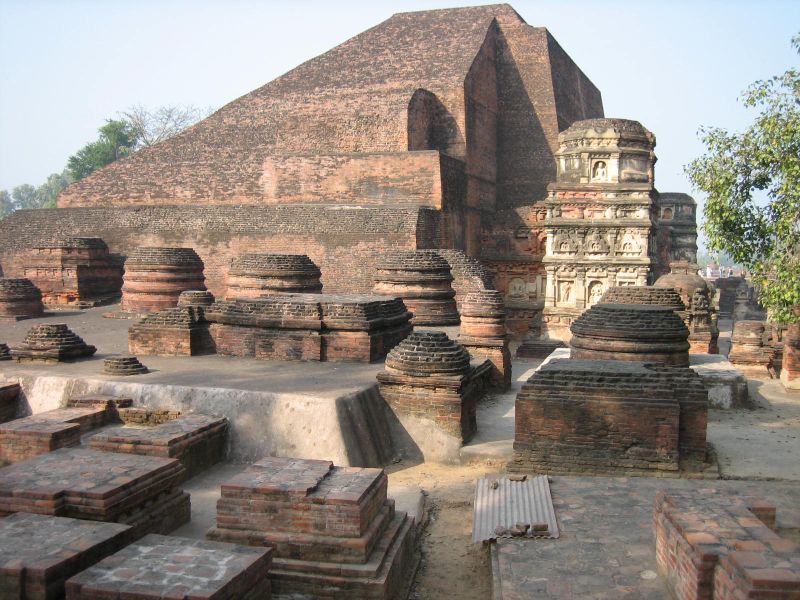
Nālandā, an important monastic university located in what is present day Bihar, India, was founded in the fifth century during the reign of King Śakrāditya of Magadha. It continued to receive significant royal support from the Gupta and the Pāla kings. Nālandā is considered to have been the most important center of Buddhist learning during its height, having been home to the most renowned Mahāyāna scholars. It reportedly housed up to 10,000 students and 2000 teachers. The monastery was connected to the nascent Buddhist reform movement of Tibet, with many Tibetans travelling to the Indian monastery for extended study and many Indian Nālandā masters travelling to Tibet to teach. Nālandā was sacked in 1192 by forces under the command of Bakhtiyar Khilji, a Muslim invader. The great library at Nālandā was set on fire; its holdings were so extensive that the library is said to have burned for months. The last abbot of Nālandā, Śākyaśrībhadra, went to Tibet in 1204 and stayed until 1214. Since the early twentieth century, archeological excavations have been undertaken at the site revealing the expanse of the institution as well as artifacts such as statues, coins, seals and murals.